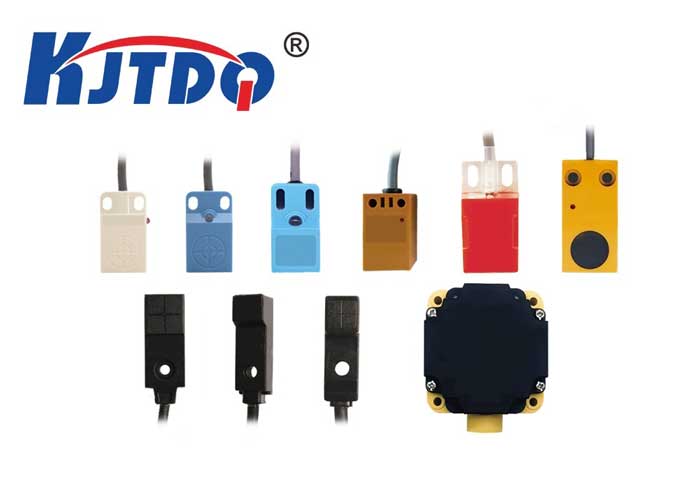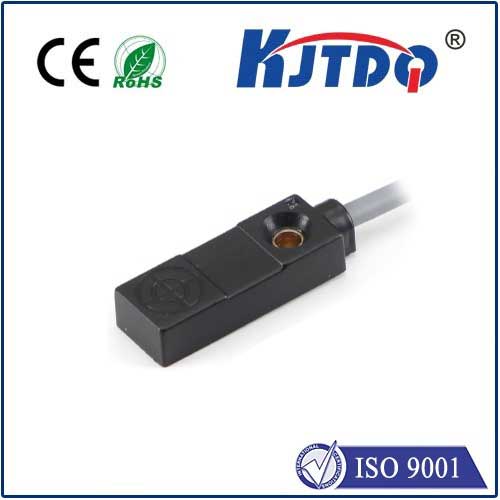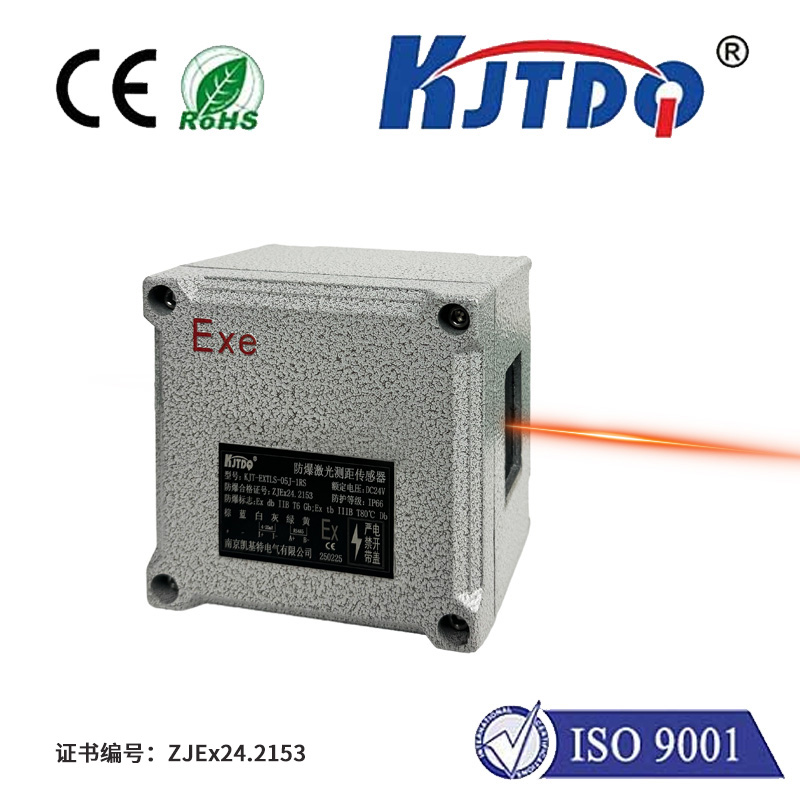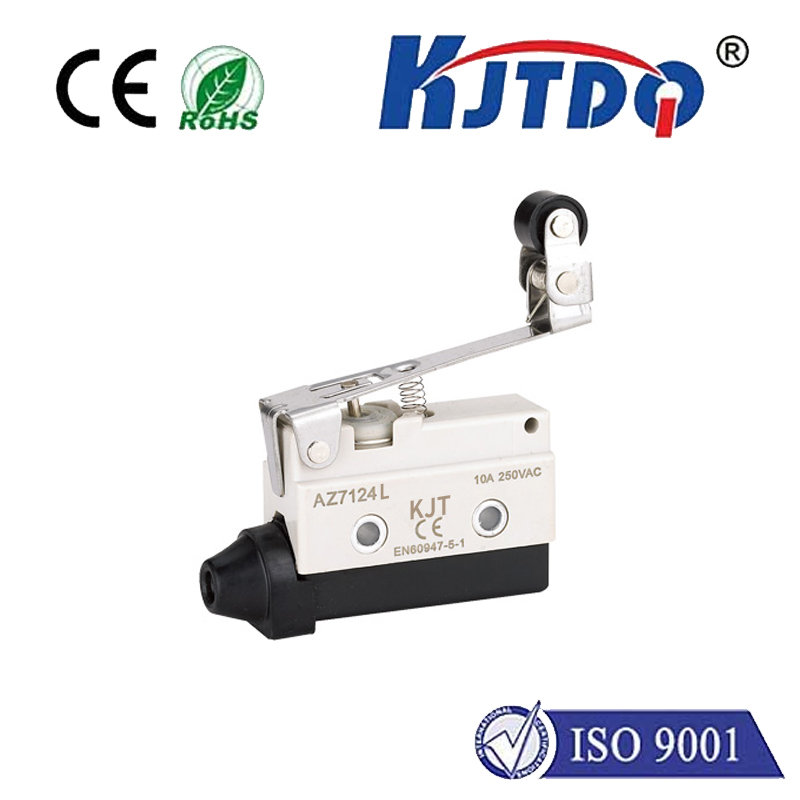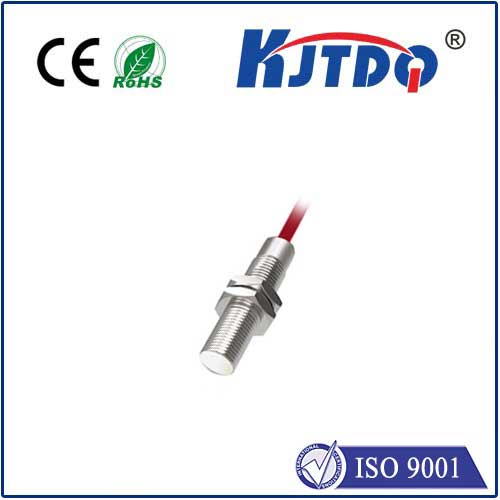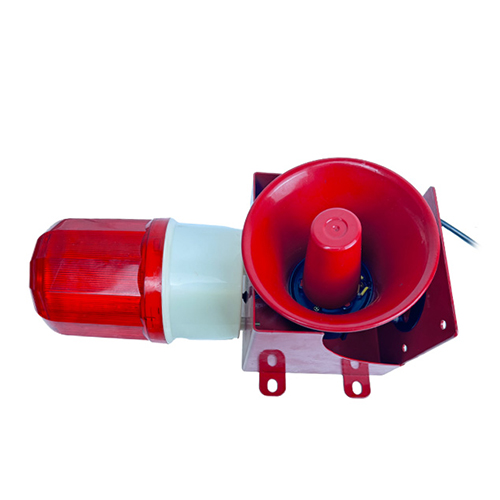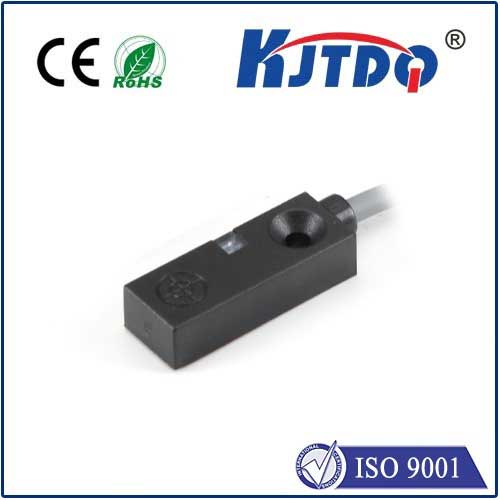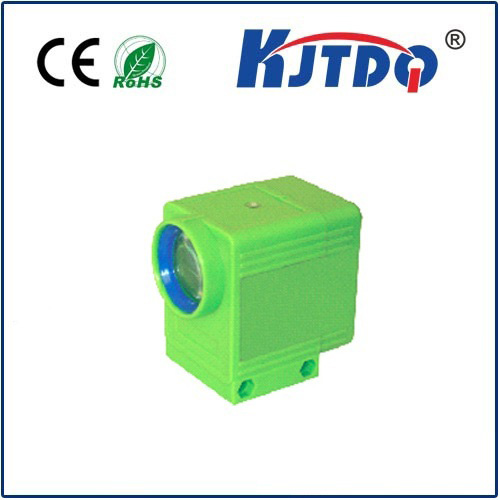BES00EY high pressure proximity sensor
- time:2025-09-29 21:27:20
- Click:0
How the BES00EY High Pressure Proximity Sensor Revolutionizes Industrial Automation
Imagine a critical hydraulic system deep within a massive piece of machinery, operating under crushing pressures exceeding 500 bar. Accurately monitoring component position or detecting the presence of vital parts in this punishing environment is not just a convenience – it’s essential for safety, efficiency, and preventing catastrophic failure. Traditional sensors often buckle under such extreme conditions. This is precisely where the BES00EY High Pressure Proximity Sensor steps into the spotlight, engineered to deliver unwavering reliability where lesser devices simply cannot survive.
A proximity sensor, fundamentally, detects the presence or absence of an object without physical contact, typically using electromagnetic fields, capacitance, or optics. The “high pressure” qualifier in the BES00EY designation immediately signals its specialized capability: it’s designed to function flawlessly and maintain its structural integrity while submerged in or directly exposed to fluids or environments exerting immense force. This isn’t about sensing pressure itself, but about operating reliably under pressure.
The Heart of Robustness: How the BES00EY Withstands the Crush
The BES00EY isn’t just a standard sensor thrown into a tough housing; its design is intrinsically hardened for high-pressure applications:

- Fortified Enclosure: Constructed typically from high-grade stainless steel (like 316L), the sensor body withstands direct immersion in hydraulic oils, coolants, or other process fluids under extreme pressure (e.g., ratings like 500 bar or higher are common for such sensors). This prevents implosion or deformation.
- Hermetic Sealing: Achieving an ingress protection rating like IP68 or IP69K and utilizing specialized seals (often elastomeric O-rings or metal seals) ensures internal components remain completely isolated. Pressurized fluids or contaminants cannot breach the sensing chamber, protecting sensitive electronics.
- High-Pressure Rated Electrical Connections: The critical interface point – the electrical connection – is engineered with high-pressure-rated cable glands or connectors. This prevents leaks and connection failure at the point where pressure could otherwise exploit a weakness.
- Optimized Sensing Face: The front face, the point closest to the target and most exposed, is designed to minimize potential weak spots while ensuring optimal sensing performance through pressure-resistant materials.
Inductive or Capacitive? The Sensing Core
The BES00EY designation often implies either inductive or capacitive sensing technology, chosen based on the target material and specific application needs:
- Inductive (Common): Detects metallic objects (steel, aluminum, brass, etc.). A high-frequency oscillating electromagnetic field generated by the sensor coil is dampened when a metal target enters its detection range. This reliable technology is widely used for position sensing in hydraulic cylinders (piston detection), valve position confirmation, and gear tooth counting under pressure.
- Capacitive: Detects both metallic and non-metallic targets (plastics, glass, liquids, wood). It senses changes in capacitance caused by the target material entering its electric field. This versatility is crucial in applications like detecting plastic components within pressurized molds or monitoring fluid levels inside pressurized tanks or pipes.
Where the BES00EY High Pressure Proximity Sensor Excels
Its unique ability to thrive under pressure makes it indispensable in numerous demanding sectors:
- Hydraulic Systems: The prime domain. Monitoring cylinder piston position (end-of-stroke detection), confirming valve switching states, detecting rod breakage, and verifying the presence of components immersed in high-pressure oil. Reliability here prevents downtime and costly equipment damage.
- Die Casting & Plastic Injection Molding: Inside molds and clamping units, pressures are immense. BES00EY sensors accurately detect mold closure, core pulls, ejector positions, and the presence of inserts during the high-pressure injection phase. Precision here ensures part quality and process consistency.
- Energy Sector (Oil & Gas): Monitoring valve positions in control manifolds, detecting component movement in subsea equipment and downhole tools exposed to extreme hydrostatic pressures. Safety and remote operability are paramount.
- Heavy Machinery & Presses: Confirming component positions within large presses, stamping machines, and forging equipment where hydraulic forces are colossal.
- Test Benches: Used on high-pressure hydraulic or pneumatic test rigs to verify component actuation or position under simulated operating loads.
- Robotic Arms in Harsh Environments: Enabling position feedback on arms performing tasks within high-pressure cleaning or processing cells.
Beyond Survival: Key Advantages Driving Adoption
Choosing a sensor like the BES00EY isn’t just about brute force resistance; it brings tangible operational benefits:
- Unmatched Reliability in Harsh Conditions: Its core purpose. It eliminates the frequent failures associated with standard sensors exposed to high pressure, providing long-term, predictable performance.
- Enhanced Safety: Early and reliable detection of component position or presence in critical systems prevents hazardous situations like uncontrolled machine movement or over-pressurization events. Safety systems depend on trustworthy inputs.
- Minimized Downtime & Maintenance Costs: Fewer sensor failures mean less unplanned downtime for replacements. Durability translates directly to lower maintenance overhead. Maximizing uptime boosts productivity.
- Optimized Process Control: Precise position feedback under pressure allows for finer control of hydraulic actuators and complex machinery sequences, leading to better product quality and consistency.
- Reduced Need for Elaborate Sealing: Often, integrating a standard sensor into a high-pressure zone requires complex external seals or bulkheads. A sensor like the BES00EY, designed to handle the pressure directly, simplifies system design and integration.
Selecting and Implementing the BES00EY
When integrating this sensor, key considerations ensure optimal performance:
- Pressure Rating: Confirm the sensor’s pressure specification exceeds the maximum expected operating pressure (including potential spikes) in your application. This is non-negotiable.
- Media Compatibility: Ensure the housing material (e.g., SS316L) and seals (e.g., FKM/Viton, EPDM) are chemically resistant to the specific fluid in the high-pressure environment.
- Operating Temperature: Verify the sensor’s temperature range aligns with the ambient and fluid temperatures under pressure.
- Sensing Technology (Inductive/Capacitive): Select based on target material composition.
- Electrical Output & Connection: Choose the appropriate output type (PNP/NPN, NO/NC, Analog) and connection style (cable or connector) for your control system.
- Mounting: Ensure the mounting method is robust enough to withstand vibration and pressure loads without compromising the seal.
The BES00EY High Pressure Proximity Sensor exemplifies a critical class of industrial components designed to conquer the most challenging environments. By providing robust, non-contact detection capabilities under immense pressures, it unlocks higher levels of safety, reliability, and process efficiency in industries where failure is not an option. Where high pressure is a constant, the BES00EY isn’t just a sensor; it’s an indispensable enabler of modern, high-performance industrial automation.






